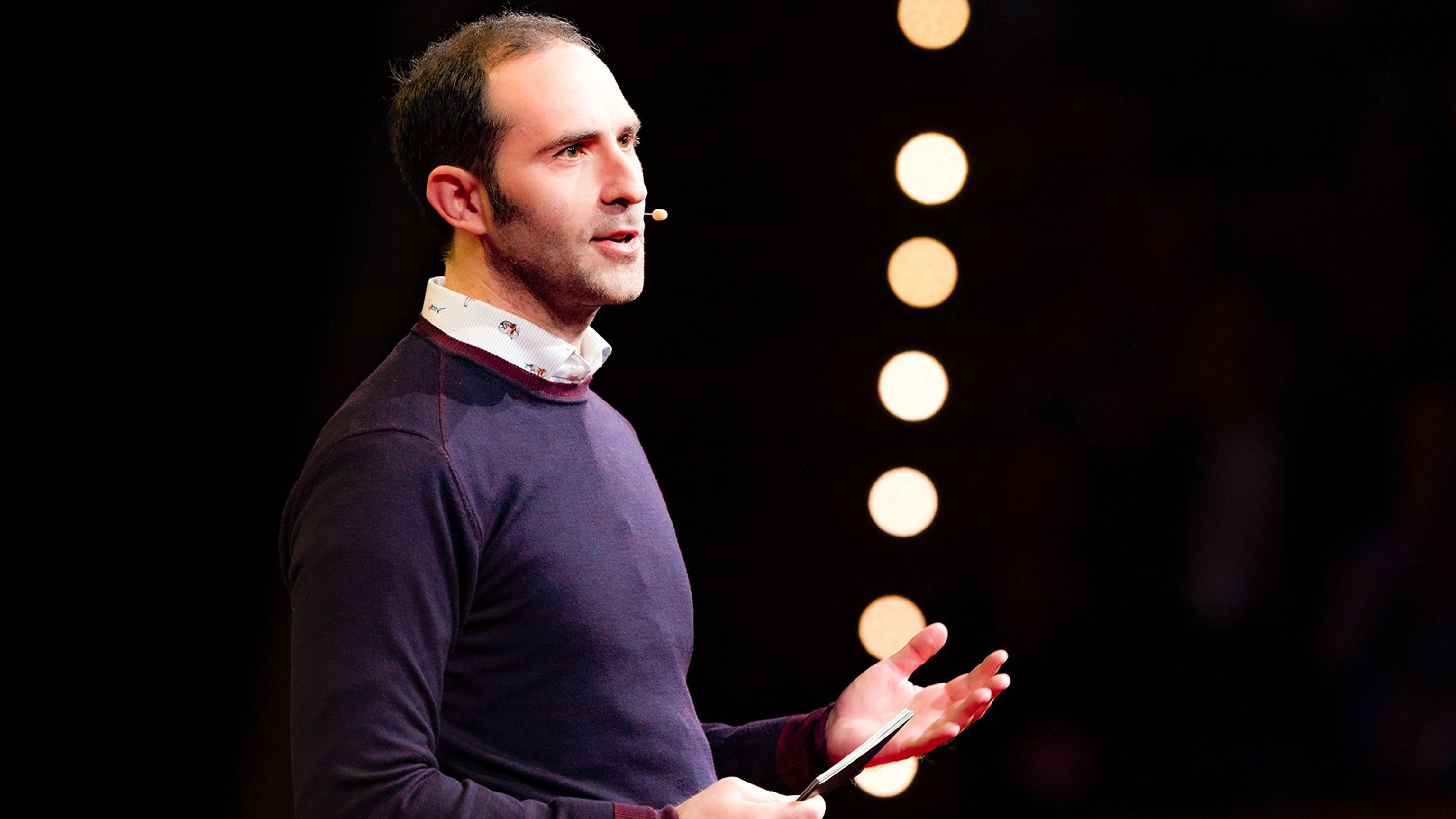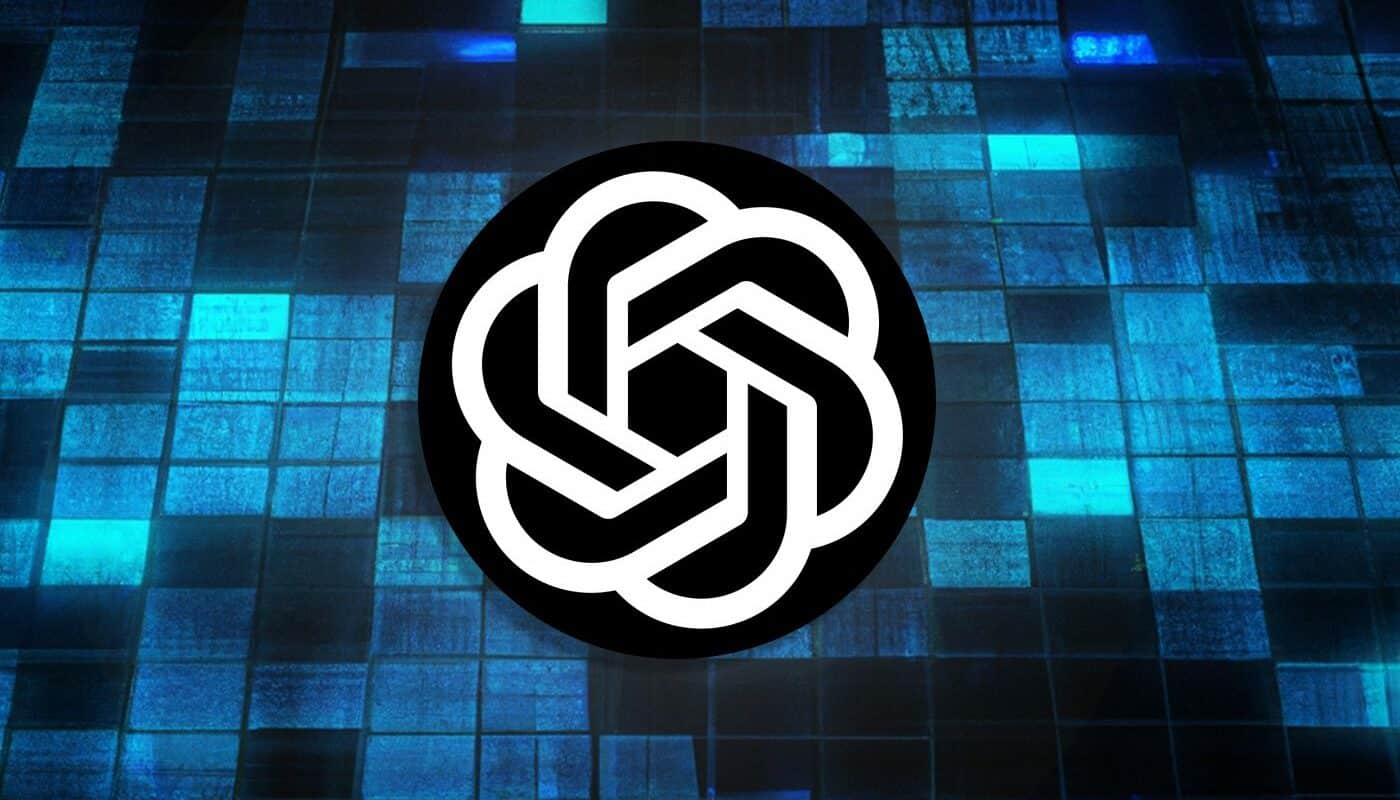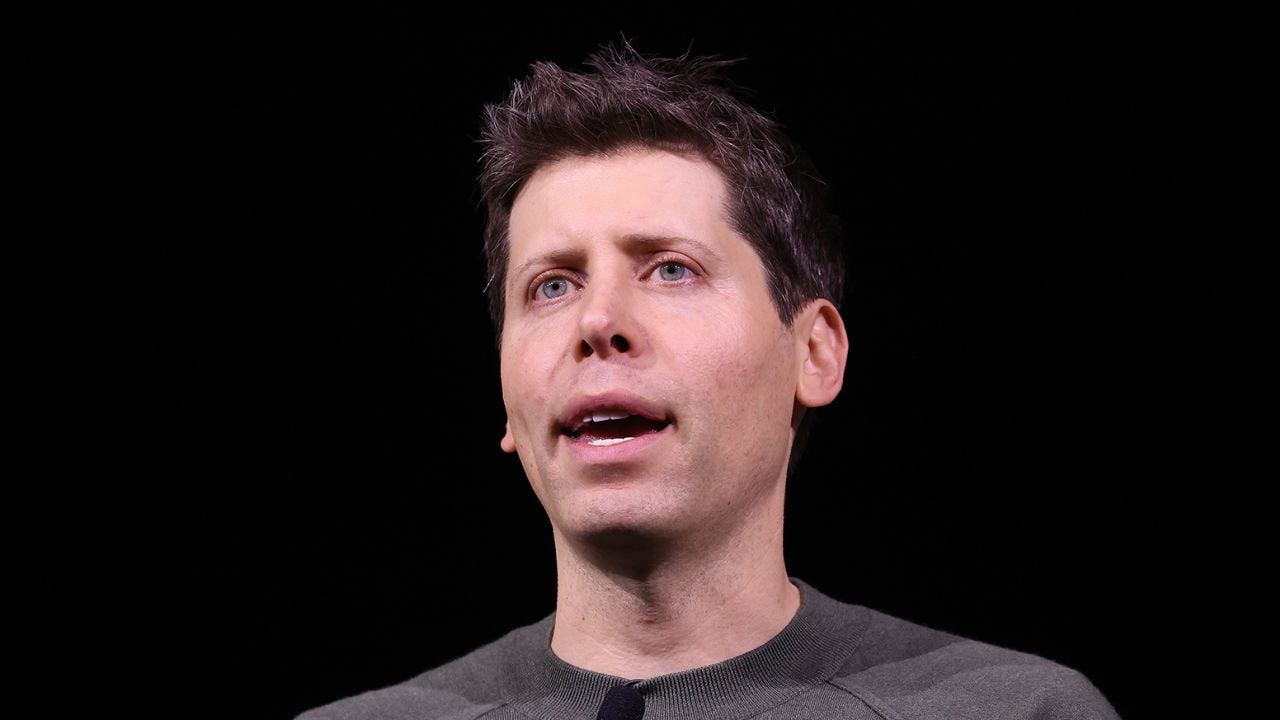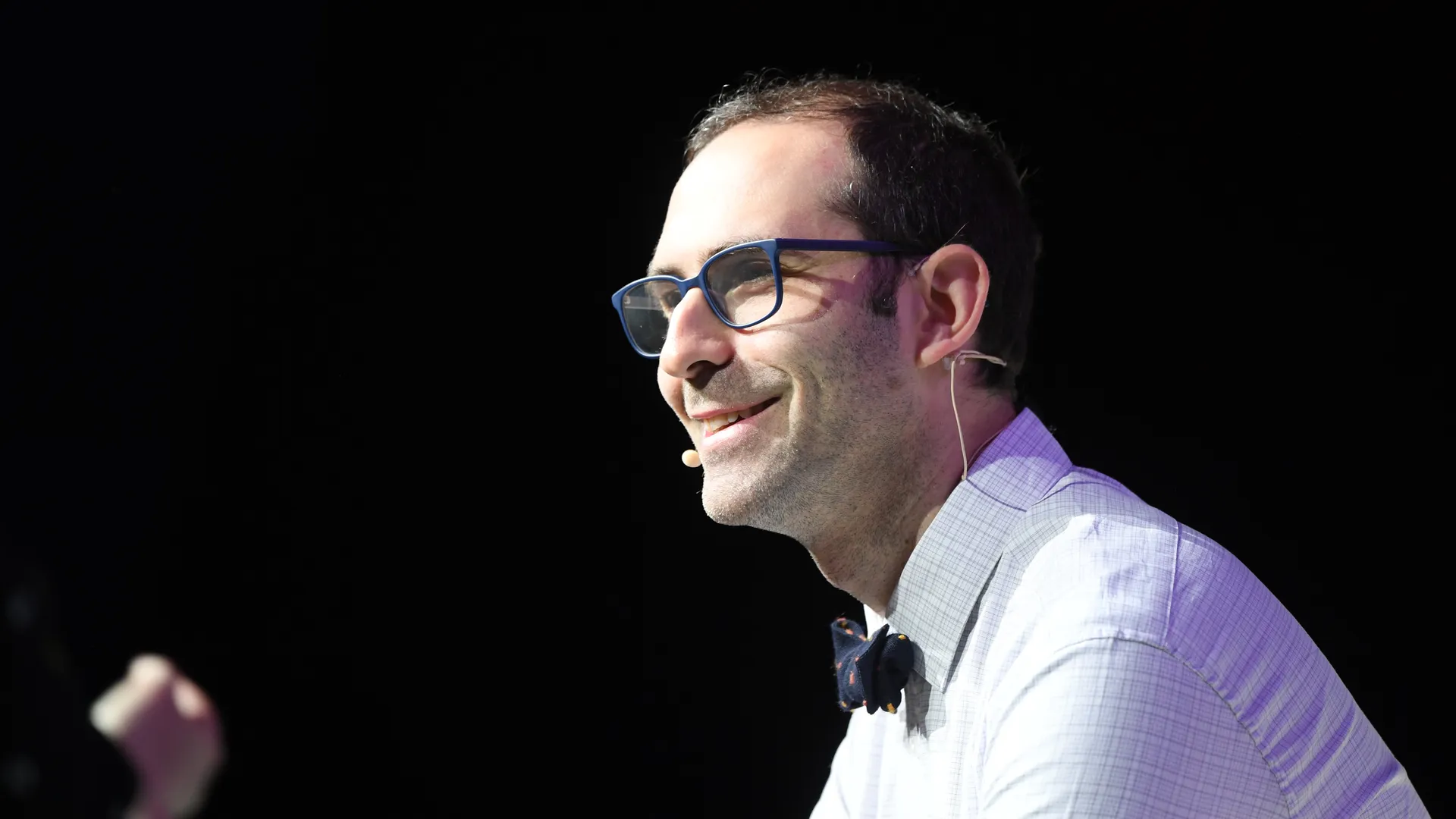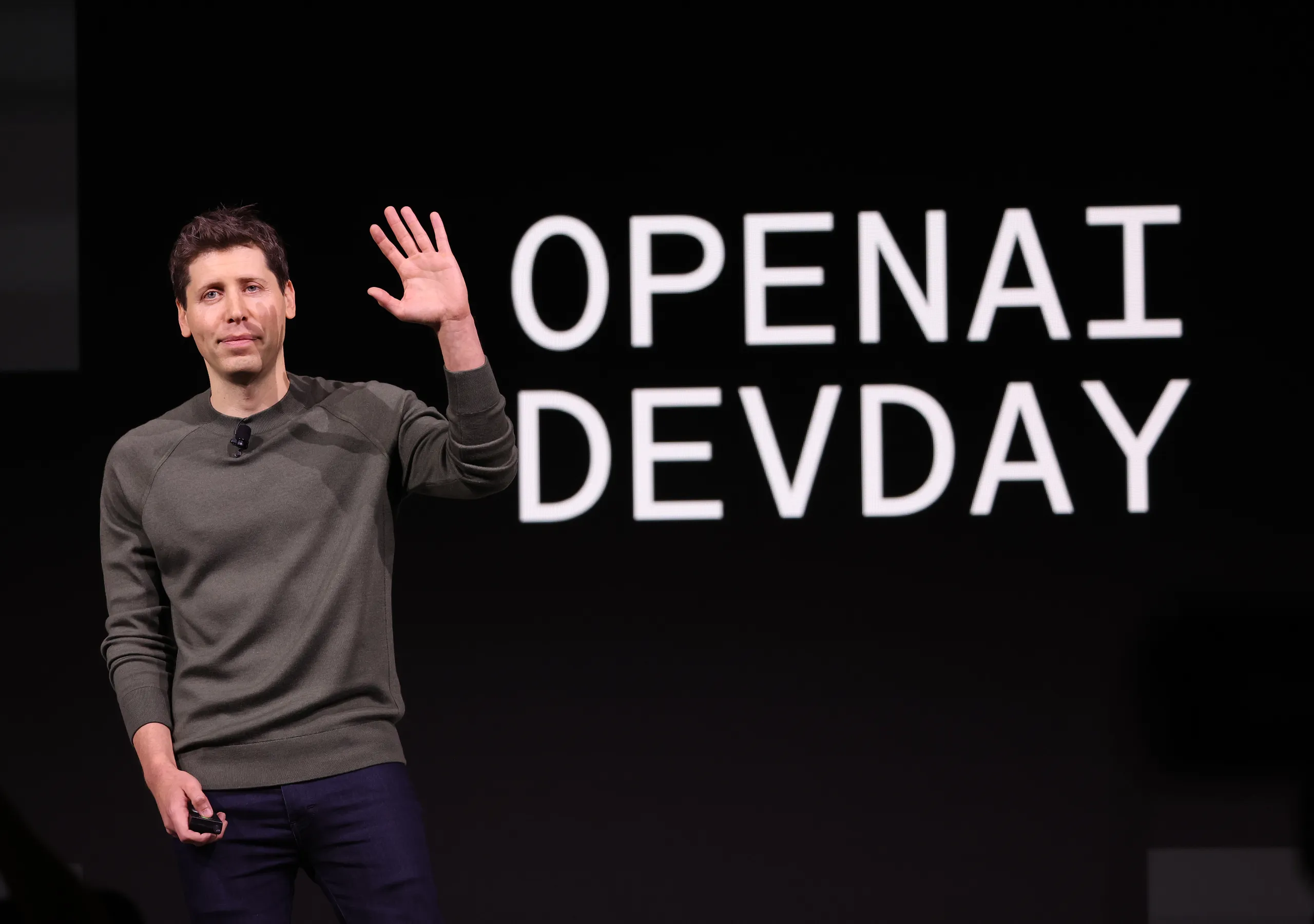This week, OpenAI, one of the leading AI startups, found itself embroiled in a leadership controversy that shed light on the risks and challenges associated with commercializing artificial intelligence. The board of OpenAI ousted the CEO and co-founder, Sam Altman, alleging that his focus on commercialization was compromising the safety of AI.
Key Takeaway
The OpenAI leadership controversy highlights the challenges AI companies face in striking a balance between commercialization and safety. The high costs of AI model development often lead them to seek funding from venture firms and tech giants, but this comes with risks, as the control shifts away from the companies themselves.
The situation took an interesting turn when Altman was reinstated as CEO, largely due to the efforts of major OpenAI backer, Microsoft. However, this episode underscores the pitfalls that AI companies, regardless of their size and influence, face when they navigate the path of monetization-oriented funding sources.
Training a large language model like OpenAI’s flagship text-generating AI model, GPT-4, can cost over $4 million, which doesn’t even include the expenses associated with hiring data scientists, AI experts, and software engineers. The exorbitant costs involved in developing AI models often push AI labs to form strategic agreements with public cloud providers, as computing power becomes more valuable than ever. However, as this week demonstrated, such investments come with risks as tech giants exert their influence and pursue their own agendas.
OpenAI attempted to maintain independence through a “capped-profit” structure, limiting investors’ total returns. However, Microsoft’s investment in OpenAI, largely in the form of Azure cloud credits, revealed the power of computing resources in controlling a startup. The threat of withholding those credits was enough to gain attention and compliance from the board.
Other AI Stories of Note
OpenAI isn’t going to destroy humanity
Despite recent headlines suggesting otherwise, experts reassure that OpenAI has not invented AI technology with the potential to threaten humanity. The notion of AI being a doomsday threat is unfounded.
California eyes AI rules
The Privacy Protection Agency in California is working on regulations to govern the use of people’s data in AI applications. These regulations draw inspiration from existing rules in the European Union, aiming to protect individuals’ privacy rights.
Bard answers YouTube questions
Google’s Bard AI chatbot can now provide answers to questions about YouTube videos. This feature allows users to obtain specific information related to the content of a video, enhancing the overall user experience.
X’s Grok set to launch
Grok, X’s chatbot, is set to become available to all Premium+ subscribers in the near future. This integration marks a significant development in X’s web app, expanding its capabilities for users.
Stability AI releases a video generator
AI startup Stability AI has released Stable Video Diffusion, an AI model that generates videos by animating existing images. This open-source model is a notable addition to the range of video-generating AI tools available commercially.
Anthropic releases Claude 2.1
Anthropic has released Claude 2.1, an enhanced version of its large language model. With improvements in context window, accuracy, and extensibility, Claude 2.1 keeps the company competitive against OpenAI’s GPT series.
AI21 Labs raises cash
AI21 Labs, a company developing generative AI products similar to OpenAI’s GPT-4 and ChatGPT, recently raised $53 million in funding. The Tel Aviv-based startup focuses on creating text-generating AI tools and has gained significant investment support.
Advancements in Machine Learning
Researchers continue to make strides in enhancing machine learning models and pushing the boundaries of their applications:
- A Purdue study explores techniques to make AI models more transparent by creating human-readable representations of the neural network’s concept relationships. This “Reeb map” approach provides insights into how the network perceives visual concepts.
- Los Alamos National Lab’s “Senseiver” utilizes Google’s Perceiver model to make accurate predictions based on sparse measurements, beneficial for scenarios with limited datasets.
- The UCLA/University of Sydney team experiments with a self-organizing network that exhibits similarities to the dynamic connections observed in the human brain. The network demonstrates promise in identifying handwritten numbers.
These advancements contribute to our understanding of machine learning models and create opportunities for their practical applications.
Machine Learning for Social Good
Machine learning models continue to make a positive impact in various domains:
- Stanford researchers are developing GeoMatch, a tool to help refugees and immigrants find suitable locations for employment based on their skills and circumstances. This model streamlines the decision-making process, providing data-backed recommendations in minutes.
- Researchers at the University of Washington have designed an automated feeding system for individuals who cannot eat independently. This system, which can handle a variety of food types, aims to improve the quality of life for those with eating difficulties.
- Projects like Be My AI, Microsoft’s Seeing AI, and now the open-source Project Guideline from Google, are leveraging technology to assist blind individuals in navigating their surroundings. These tools use AI to recognize objects and provide audio cues for the visually impaired.
These projects exemplify the positive impact of machine learning in addressing real-world challenges and improving the lives of individuals.
Join the FathomVerse
FathomVerse is an exciting game/tool that aims to identify sea creatures through AI recognition, much like iNaturalist identifies plants. By participating in the beta version, users can contribute to the development of this innovative project.
As AI continues to evolve, we witness both the complexities and potential of this rapidly advancing field. The OpenAI controversy serves as a reminder of the delicate balance that AI companies must strike as they navigate the challenges of commercialization while ensuring safety remains paramount.









